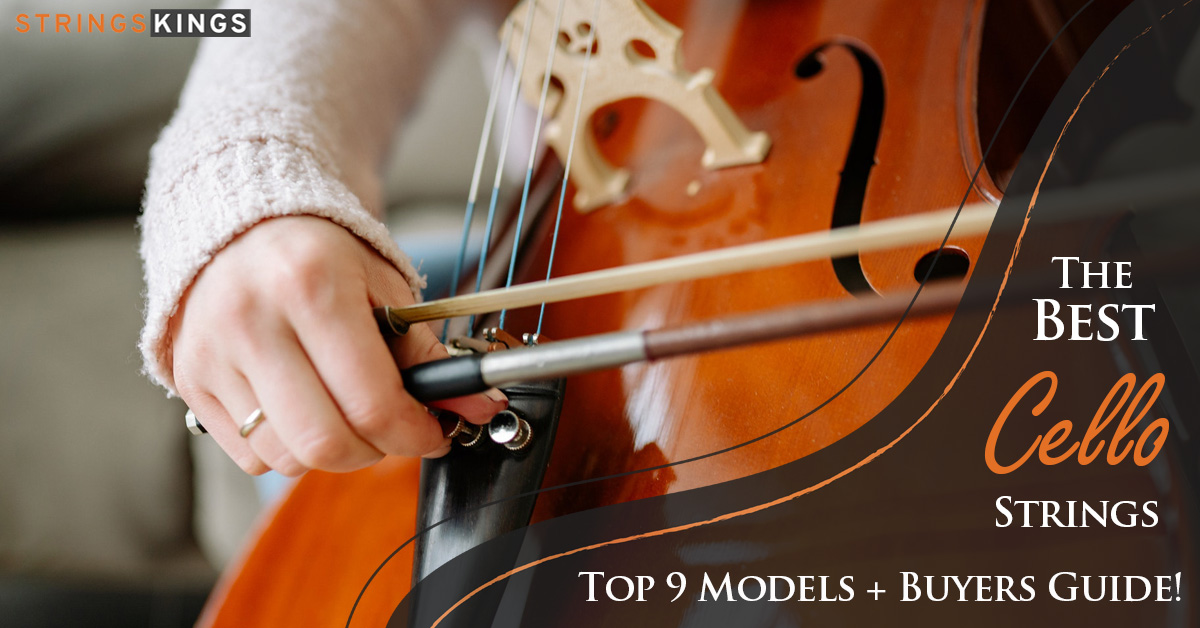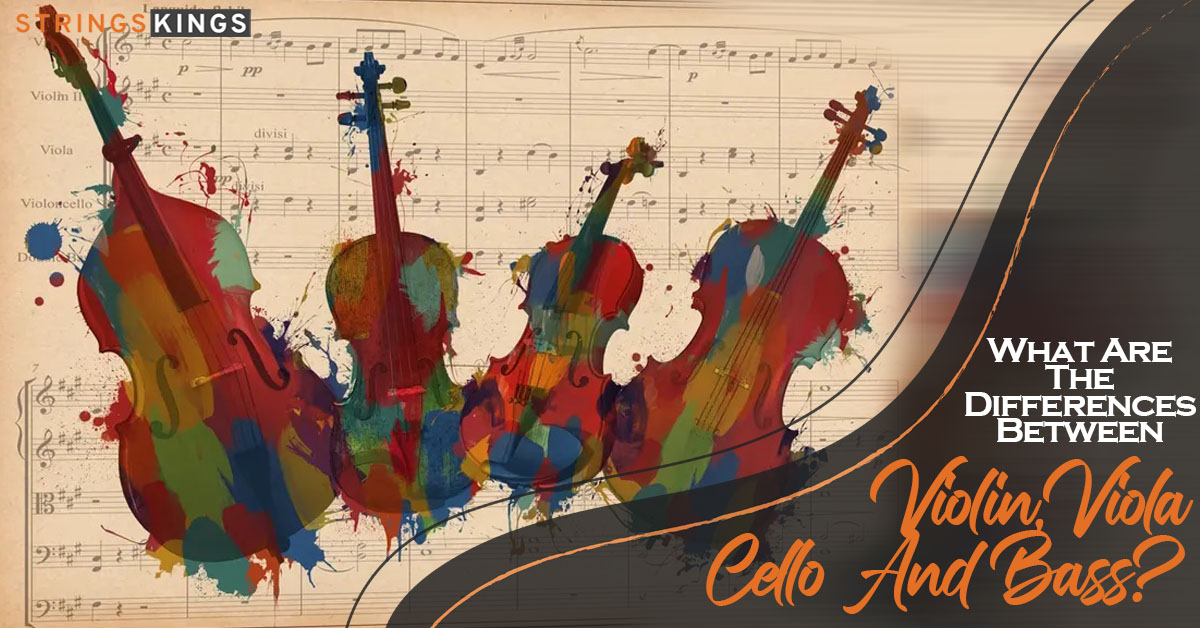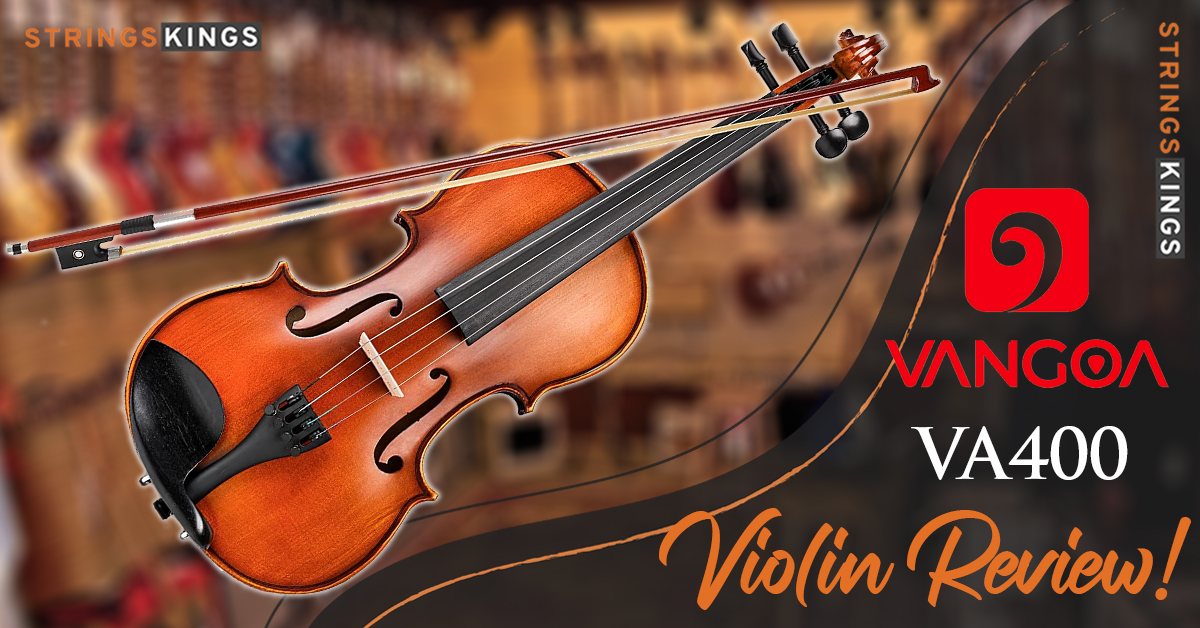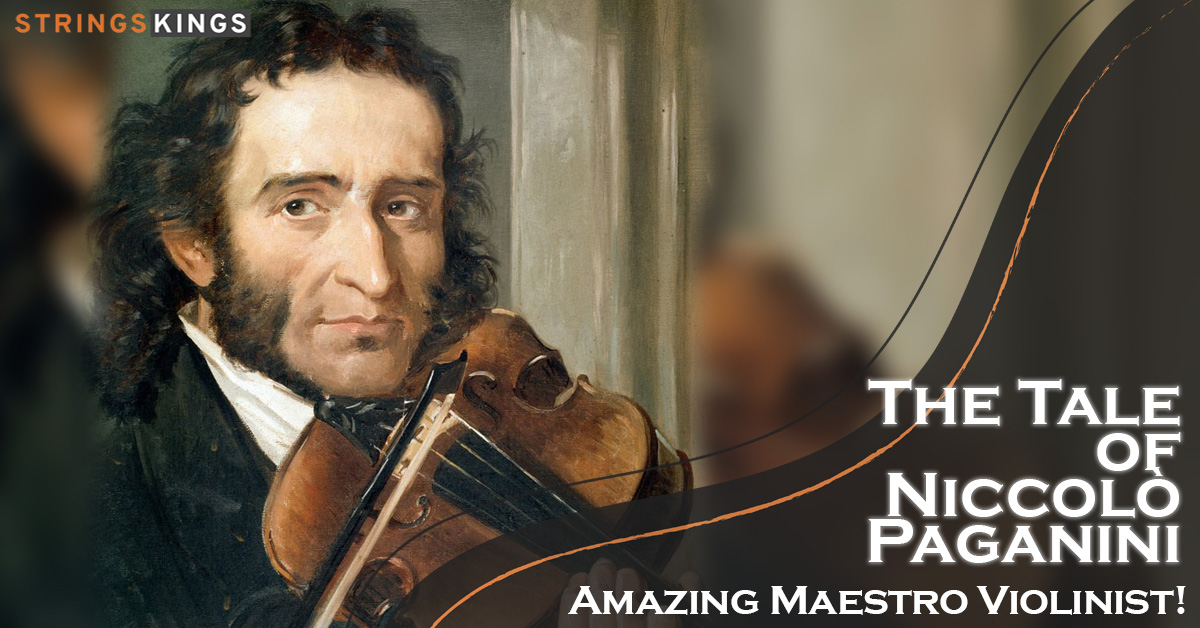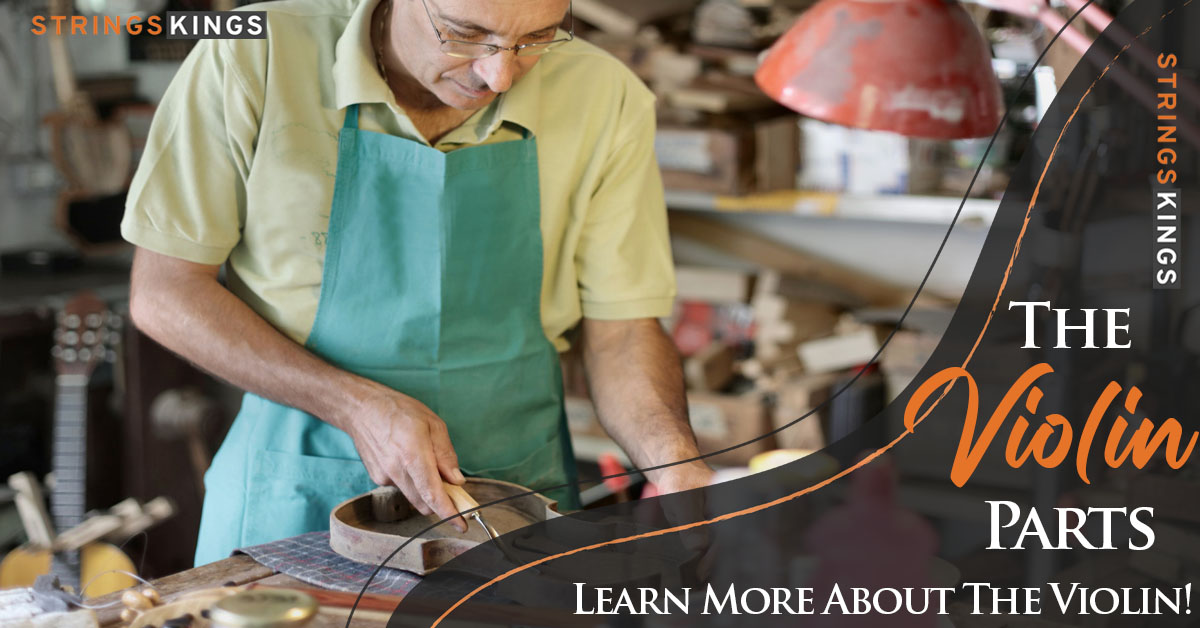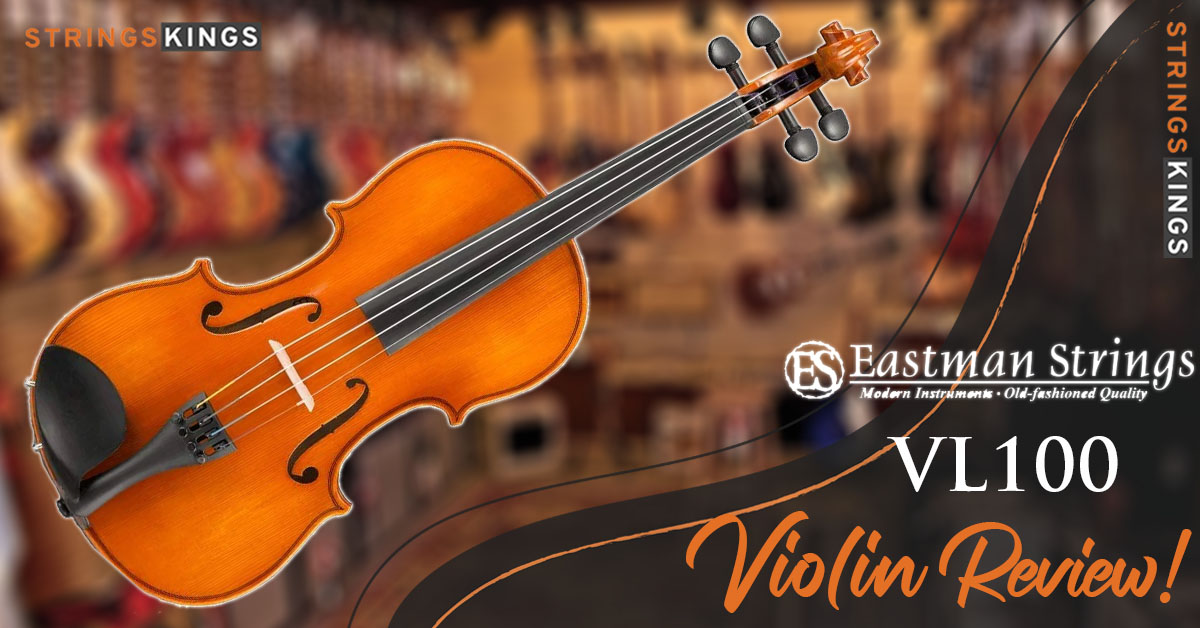Table of Contents
Why Multiple Bows?
Ask a group of violinists “why do violinists have multiple violin bows?” and you’re likely to get quite a lot of responses on that why they need two bows. Most will reply that they preserve a backup bow in their case on the occasion that one break or if there’s a concern that their primary bow could sustain damage at a particular venue, especially at outside live performances, and that’s why they need more than one bow.
Other answers to why violinists use multiple and/or different types of bows contain:
- To produce totally different tonal qualities
- To prevent excessive hair-slickening or hair-breakage
- Second bow to create a change in sound
- When the primary bow must be repaired
Many violinists buy a less expensive carbon fiber bow to use if playing a piece incorporating col legno or different effects requiring that the bow be struck on a variety of surfaces. Certain bows are better than others for playing pieces with lots of string-crossing or springing bows.
Some violinists use a wooden bow for pieces that require powerful, vigorous playing, such as bluegrass fiddling while others choose a lighter bow, similar to a carbon fiber bow, for playing lighter, “sweeter” pieces.
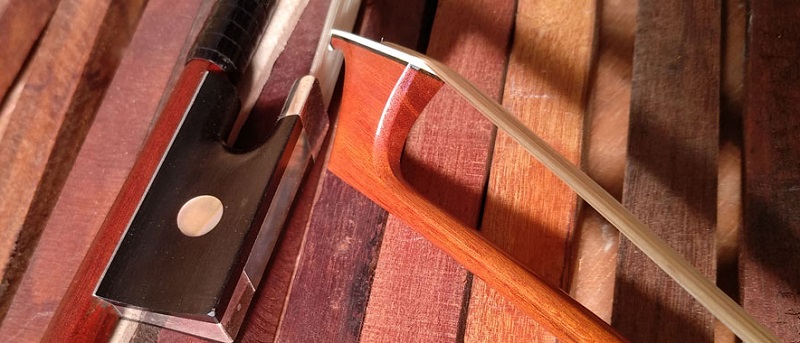
New Bows Get Old
Sooner or later, most violin players acknowledge that buying a brand new bow may actually help their technical as well as their musical growth. Replacing older bows can have an immediate and sometimes dramatic effect on your playing making your investment in a brand new bow well worth the cash.
When it’s time to begin considering the purchase of a brand-new bow, think about your price range. An excellent rule of thumb is to slim your search to within ¼ to ⅓ of your violin’s value. The sound is probably the most permanent attribute of the bow because it’s depending on the quality of the bow materials and the workmanship. Compromising your bow will prevent you from producing the very best sound when playing your instrument.
Prices for violin bows vary, from composite bows or fiberglass bows that sell for below $300 to high-end violin bows ranging in price from $1,000 to $6,000.
When buying a brand-new bow, select two or three of your favorites for a trial period of a week or so. Practice playing completely different pieces using the different bows. Make use of the bows in different settings and listen to specific acoustics where you’re playing. If possible, try it out at a live performance.
Search For The Excellent Violin Bow
For anybody beyond the beginner stage, selecting a bow is a separate process from selecting a violin or fiddle.
Before you start it’s necessary to know about the construction of the bow and its totally different parts. You’ll be able to learn all about it in our helpful guide.
An excellent bow needs to be like an extension of your right hand. The proper bow will depend on your playing style, approach, and overall personal desire.
There are several factors that may have an effect on the sound of the bow on the strings including strength, shape, weight, and flexibility. Many of those are determined by the materials from which the bow is made.
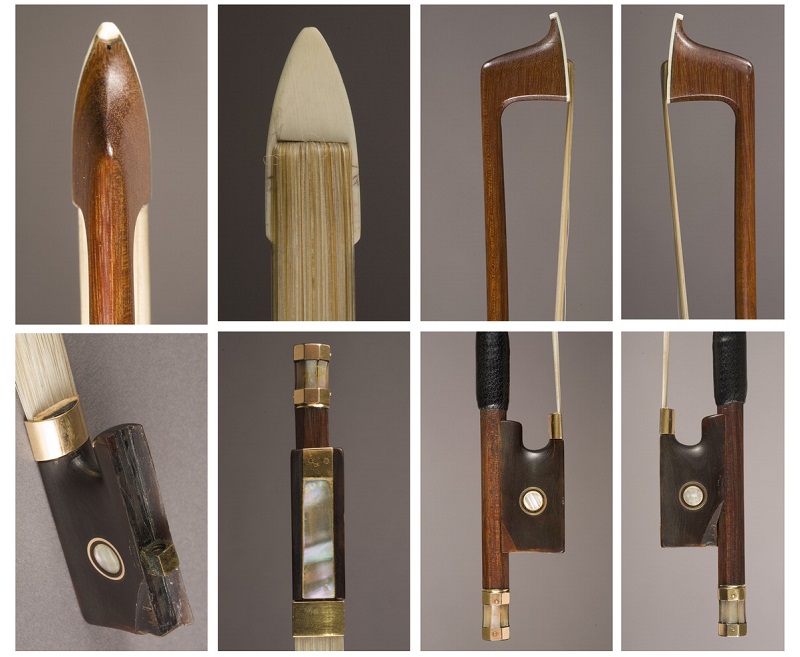
What Are Violin Bows Made From?
Violin bows are traditionally produced from wood, however, nowadays they’re more and more produced from synthetic materials. The 4 primary materials usually used are Brazilwood, Pernambuco, Carbon Fibre, and Fibreglass.
Natural Materials
Brazilwood is definitely the generic name given to the less dense sapwood from the Paubrasilia tree (although it could sometimes refer to any generic cheaper wood sourced from Brazil). Considerably confusingly, Pernambuco can be sourced from this same tree. Pernambuco however is the slow-growing denser heartwood of the tree.
While Brazilwood is often cheap and more frequently used for student bows, Pernambuco is considered the holy grail of wood for violin bows. It’s strong but lightweight, permitting the wide range of motions essential for playing the violin. Brazilwood doesn’t provide the same stiffness and responsiveness. Supplies are limited, however, because the Paubrasilia tree is in danger because of deforestation.
Synthetic Materials
Carbon fiber is a material that has gained a reputation lately for use in bow making. Many violin and fiddle professional players swear by these violin bows. We won’t get into the heated debate that’s wood vs carbon fiber, but we will inform you that carbon fiber bows provide great value for cash, without compromising on sound quality.
Carbon fiber bows are usually more robust and durable than wood bows. Carbon fiber additionally has the added benefit of not warping like organic materials. Additionally, it is largely unaffected by changes in temperature or humidity.
Another synthetic material generally used in the making of low-cost bows is fiberglass. These bows are often of much lower quality than carbon fiber and Pernambuco bows, but they’re durable. This kind of bow is actually only suited to students and newbies.
Bow Hair
Violin bows are traditionally made with horsehair, but nowadays they can be made with synthetic hair. Each has its own benefits and downsides:
- It’s the material of choice for quality bow makers and has been for hundreds of years because it produces an excellent sound.
- It’s simpler to achieve a superior sound. Only actually high-quality synthetic hair will provide the same dynamic range or depth of tone.
- Horsehair is usually more responsive and gives a greater dynamic range than synthetic.
- It reacts to environmental changes, specifically to humidity, inflicting the hair to shorten and lengthen. Because of this the bow hair should be continually loosened or tightened to play.
- Horsehair hair breakage easily under certain circumstances, particularly with age. It’s an organic material in spite of everything.
- Synthetic bow hair doesn’t react to humidity and maintains its length no matter weather conditions.
- It’s extremely durable and practically eliminates breakage or premature wear and tear.
- Synthetic modern bows hair requires much more rosin than natural horsehair.
- Most varieties don’t provide the same resonance, response, or feel as natural horsehair bows. That is changing as new materials are always being developed, however.
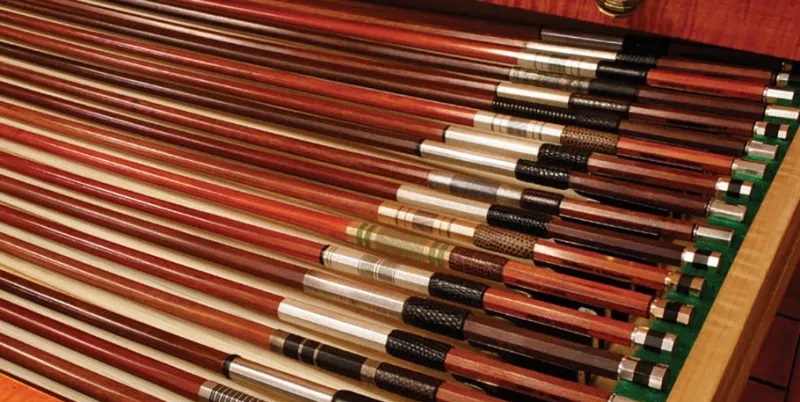
Weight & Balance
The common weight of a violin bow is about 60 grams. That being stated, bows that are slightly below or over this weight also can play fantastically. Proper balance is much more vital than weight.
If a bow feels right in your hand, then chances are high it’s the proper bow for you.
To check the weight, pick up the bow and hold it at a 45-degree angle. How does it feel while you hold it in your hand?
An excellent bow should feel natural in the hand – well-balanced and equally weighted from frog to tip. It should feel magnetic to the string from beginning to finish.
Keep in mind, that the weight and balance of the stick are unique to every bow. A lighter bow can make certain bow strokes easier while a heavier bow can create a much bigger sound.
Shape
The stick of the violin bow traditionally comes in two totally different shapes – round or octagonal.
The primary difference is that octagonal sticks are stiffer while round bows are much less stiff.
Some violinists and makers will argue that round bows allow for better control, but it actually comes down to personal desire at the end of the day.
Keep reading to learn how the stiffness of the bow impacts the tone and quality of sound.
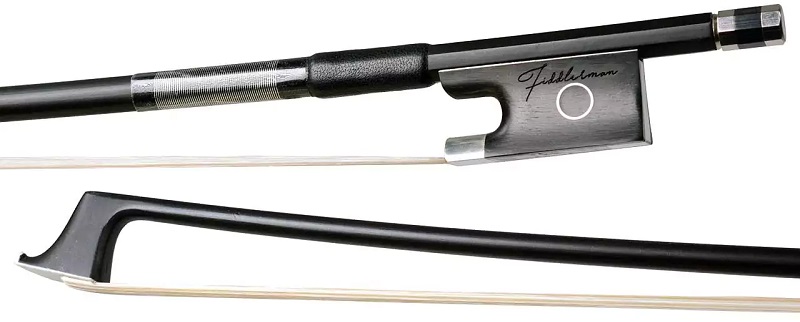
Flexibility
Flexibility is a measurement of how the bow reacts under tension. If you tighten your bow it should still have some give. It also needs to provide a little bounce when played. This can make many different types of articulation and ornamentation simpler to play.
A bow that’s too stiff can feel hard to control. A bow that’s too flexible will wobble and won’t permit the professional musician to achieve a full sound on the violin.
You have to find a good balance that matches your playing style and technique.
Sound
New violin players are sometimes surprised to learn that different bows can create completely different sounds on their instruments.
A more flexible bow will normally provide a smoother, fuller sound. If the stick is just too flexible, however, the sound can lack clarity and definition.
A stiffer bow usually produces a brighter, clearer sound. Watch out though, an overly stiff bow can sometimes produce a rough, edgy sound.
Ideally, you desire a bow that provides both. Try to search for a bow that can give both a smooth, broad sound, while additionally providing clarity and quickness of response.
It’s additionally vital to note that different bows will react in a different ways to different violins. You need to discover a bow that will sound best with your personal violin and complement your playing style.
The sound you need the bow to produce can also vary relying on what style of music you play. For Irish music, you’ll typically need to be able to achieve a rich, expressive tone on slower pieces and a bright clear tone on faster tunes.

